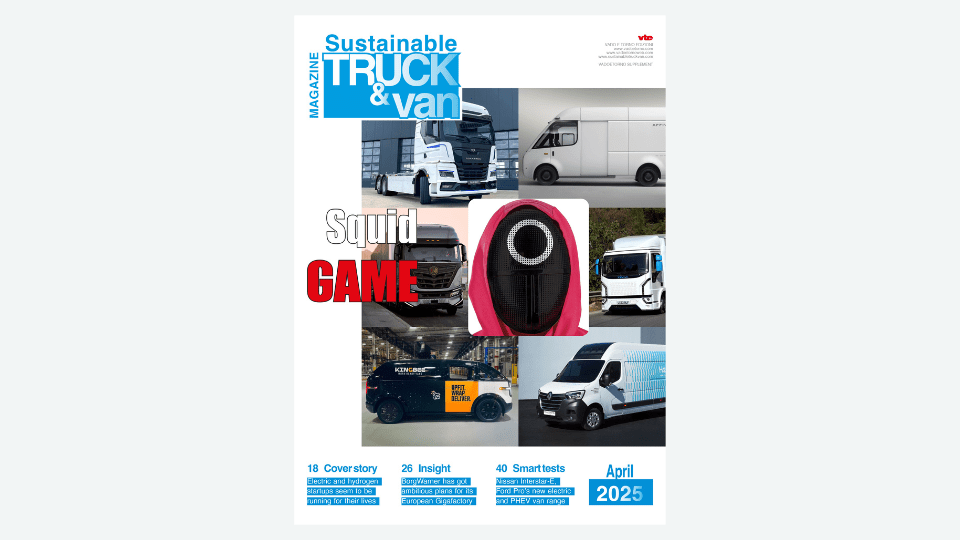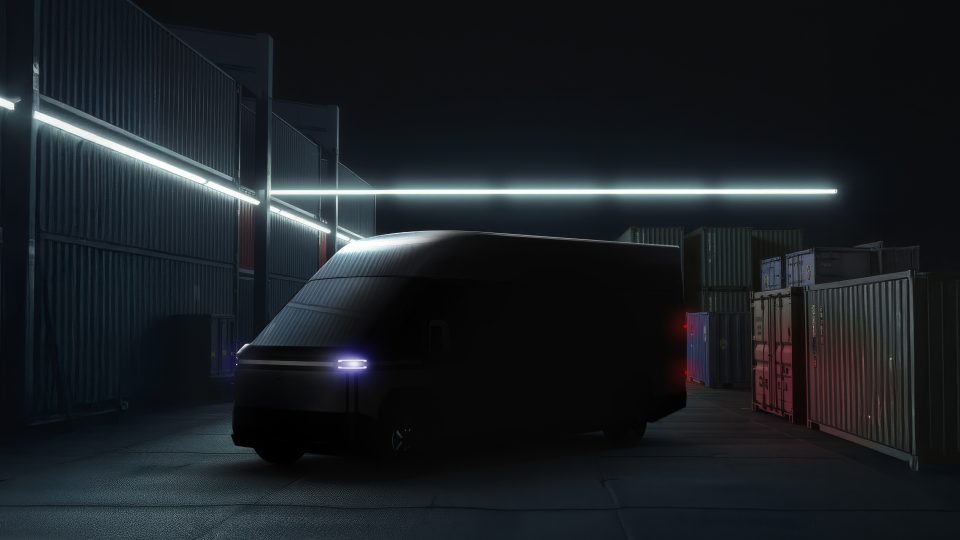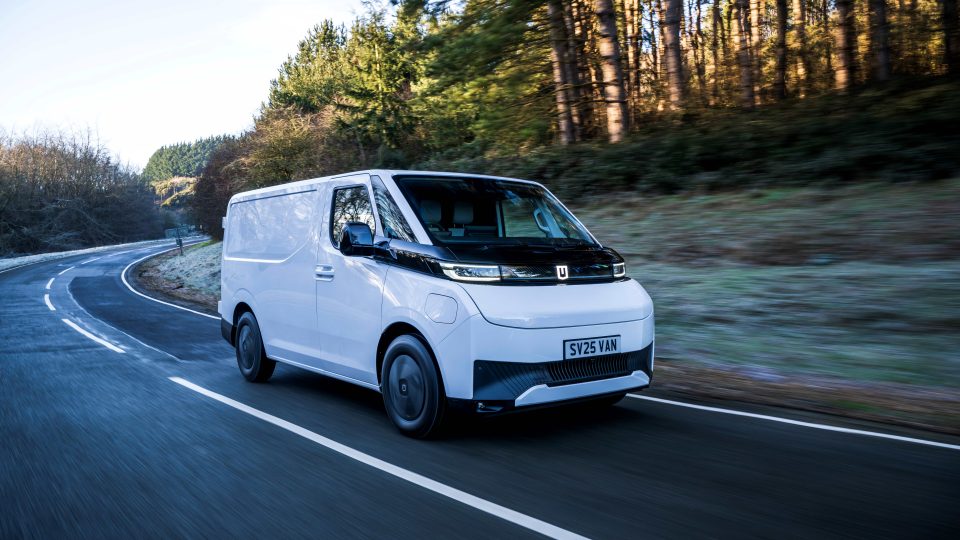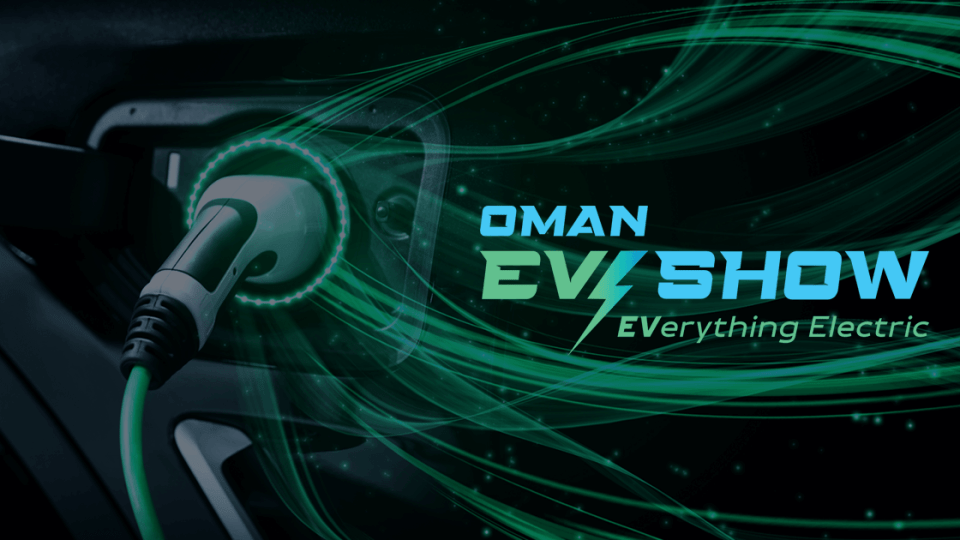Meeting the growing demand for greener heavy-duty vehicles. The EU scenario ahead of Global Mobility Call 2024
Europe has set ambitious targets to reduce CO2 emissions from heavy-duty vehicles compared to 2019 levels. These regulatory changes impact both long-haul freight operators and urban passenger transport. The upcoming Global Mobility Call (GMC) 2024 which will take place on 19-21 November in Madrid provides a networking platform for experts from manufacturing, logistics, city planning, and policymaking.
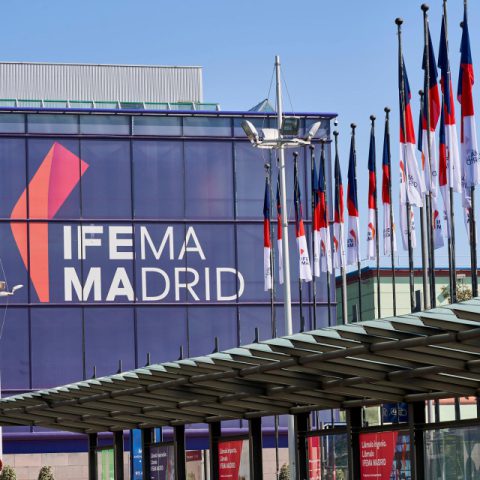
As Europe advances on its sustainability objectives, the freight and passenger transport sectors are increasingly under pressure to meet ambitious decarbonization requirements. With heavy-duty vehicles (HDVs) contributing nearly 25% of the EU’s total road transport, trucks and buses are pivotal in this transition as they serve essential roles in long-haul freight and urban passenger mobility alike. However, the path to greener transport is complex, with operators and manufacturers facing regulatory, financial, and technological challenges as they work toward the EU’s 55% emissions reduction target by 2030.
Europe has set ambitious targets to reduce CO2 emissions from heavy-duty vehicles compared to 2019 levels. As we already know, those reductions are 45% in 2030, 65% in 2035 and 90% in 2040 onwards. The new Euro 7 standards establish rules for the exhaust emissions of road vehicles, but also for other types of emissions such as tyre abrasion and brake particle emissions, and it also introduces requirements for battery durability.
These regulatory changes impact both long-haul freight operators and urban passenger transport. While intercity logistics operators must invest in new vehicle technologies to maintain market access, urban transport providers are integrating low-emission buses and trucks to comply with zero-emission zones and city-specific regulations. In both cases, moving away from internal combustion engine technology necessitates substantial adjustments to business operations, vehicle fleets, and supporting infrastructure.
Financial and infrastructure challenges in view of greener heavy-duty vehicles
The shift to low-emission heavy-duty vehicles requires significant capital. Battery-electric and hydrogen fuel cell vehicles, while offering cleaner alternatives, are 2 to 3 times more expensive than their diesel counterparts. For instance, transitioning to electric buses or hydrogen-powered trucks presents substantial upfront costs for operators already grappling with rising fuel prices and maintenance expenses. Financial support mechanisms like the EU’s Alternative Fuels Infrastructure Regulation and national incentives can help offset these investments, yet disparities in funding and policy support across European regions add another layer of complexity, particularly for operators working across borders.
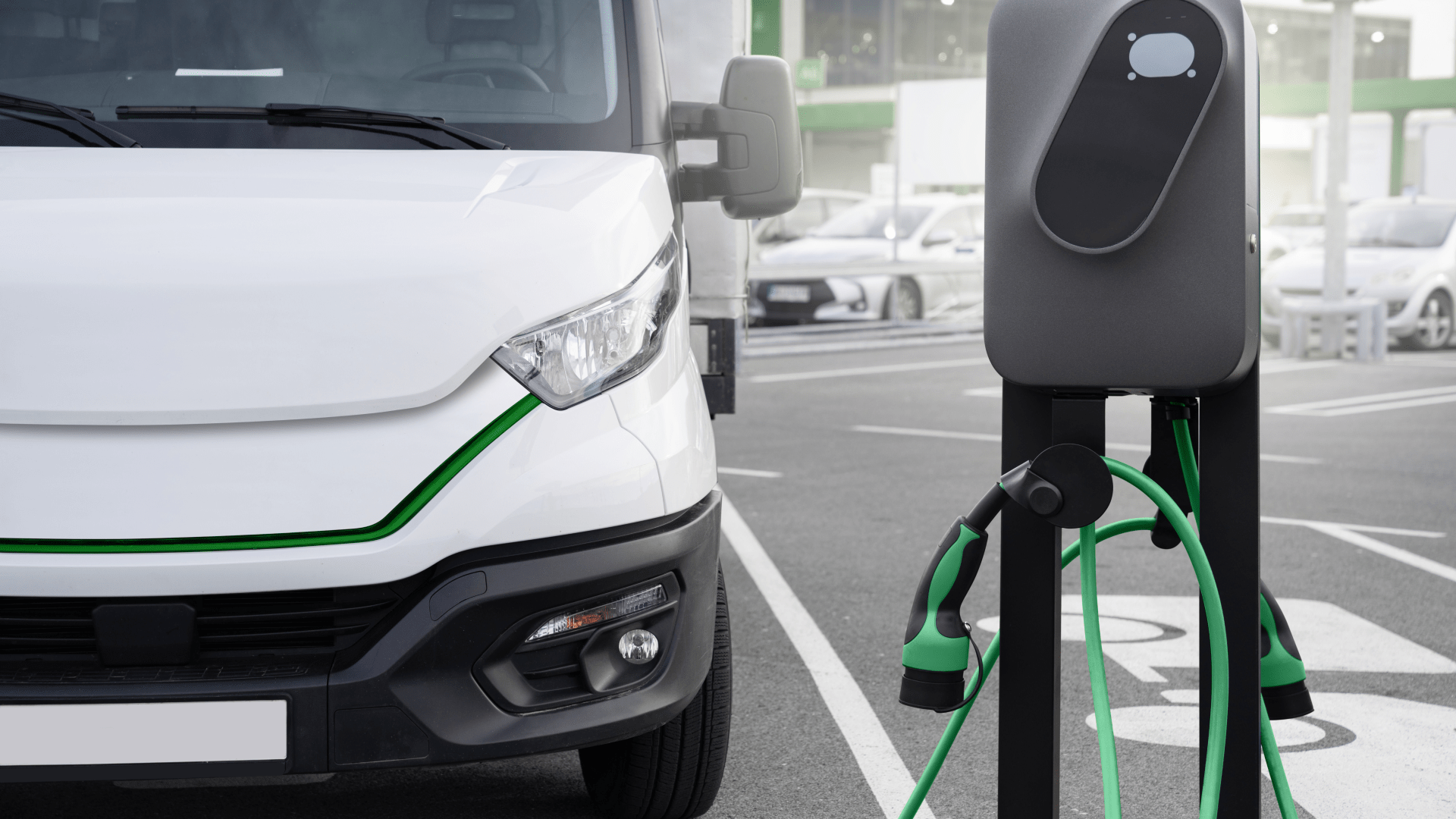
Moreover, the infrastructure necessary to support green heavy-duty vehicles—such as high-capacity charging stations for electric buses and trucks, and hydrogen refueling stations for long-haul operations—is still in development. Urban operators, especially, need accessible and efficient charging points to avoid operational disruptions, while long-haul fleets require more widespread and robust hydrogen networks to ensure consistent service across distances.
Innovation and cooperation drive sustainable solutions
While the transition to sustainable transport is challenging, it also offers an unprecedented opportunity for innovation. From AI-driven telematics systems to hydrogen fuel cell technology, the industry is witnessing a wave of advancements aimed at improving operational efficiency and meeting emissions targets. These innovations not only support regulatory compliance but can also boost profitability. For example, telematics can provide real-time data on vehicle health and optimize fuel consumption, reducing overall operating costs and minimizing the environmental impact.
In urban areas, the adoption of electric HDVs is facilitating new city planning models, including dedicated lanes and optimized traffic management systems designed specifically for low-emission vehicles. Long-haul fleets, on the other hand, are benefiting from developments in hydrogen fuel cells, which offer a viable alternative to battery-electric vehicles for extended-range requirements. By embracing these innovations, companies can meet sustainability goals and gain a competitive edge in an evolving market landscape.

Achieving the European and national sustainability targets demands not only technological advancements but also collaborative efforts across the HDV ecosystem. The upcoming Global Mobility Call (GMC) 2024 which will take place on 19-21 November in Madrid provides a platform for experts from manufacturing, logistics, city planning, and policymaking to discuss how best to integrate sustainable HDV technologies into Europe’s complex transport infrastructure. Participants will explore the latest industry trends, establish partnerships, and shape strategies that facilitate smoother transitions to sustainable transport.
For HDV professionals—whether in urban bus networks or cross-border freight operations—GMC will offer insights and networking opportunities to tackle the sector’s unique challenges and drive the industry towards a resilient, low-emission future.
This content is published in cooperation with the organizers of the Global Mobility Call 2024



